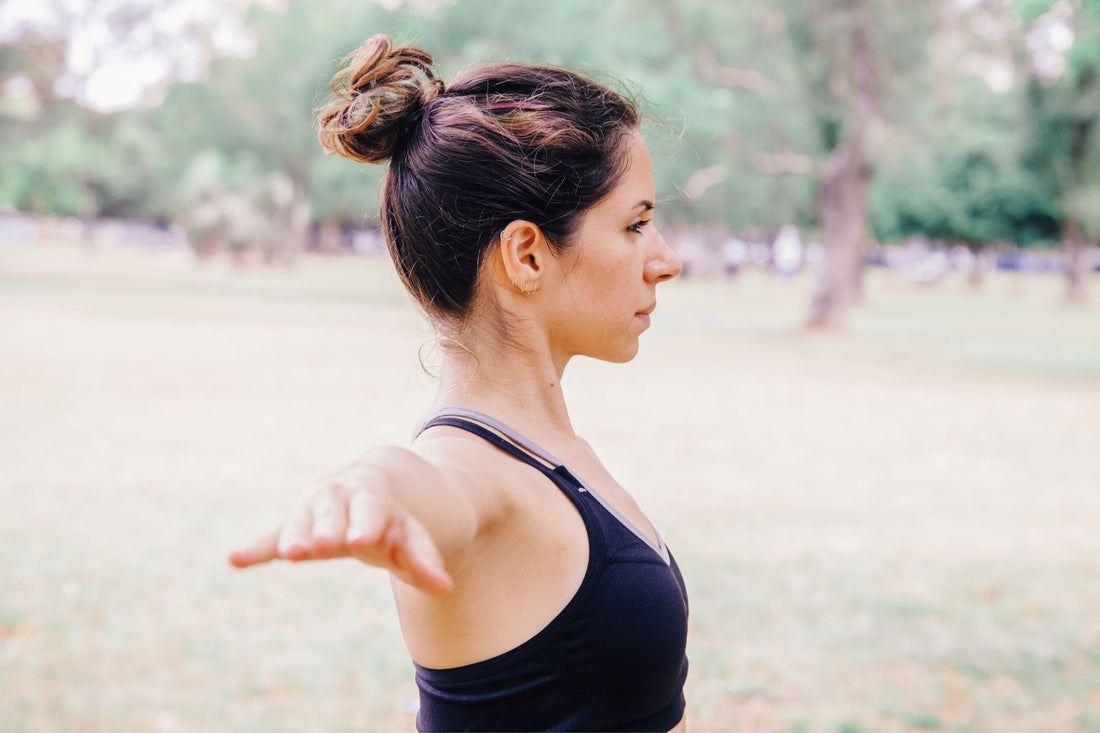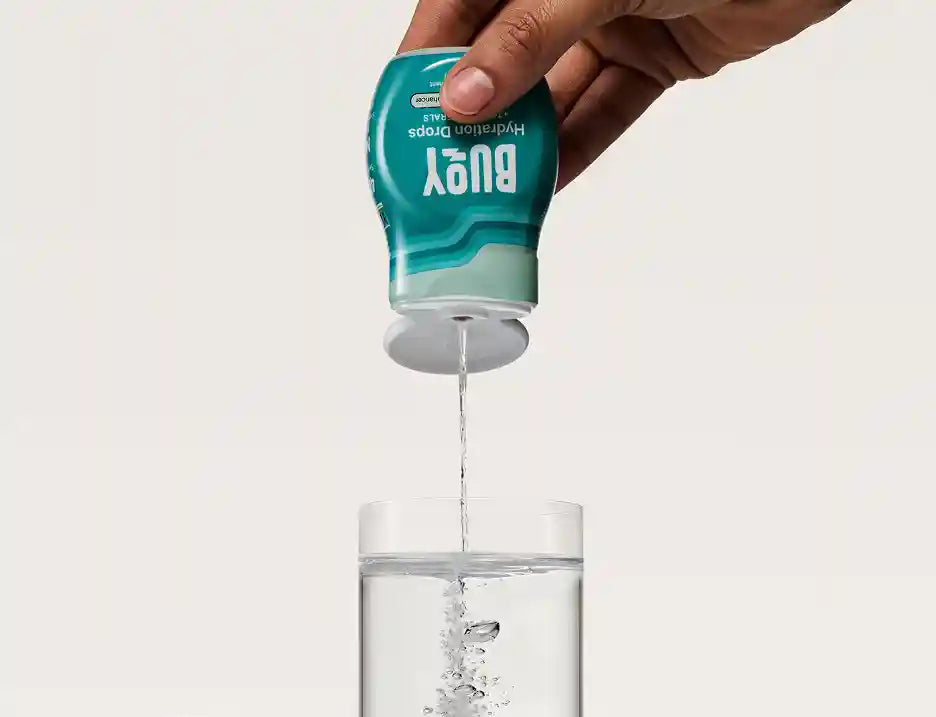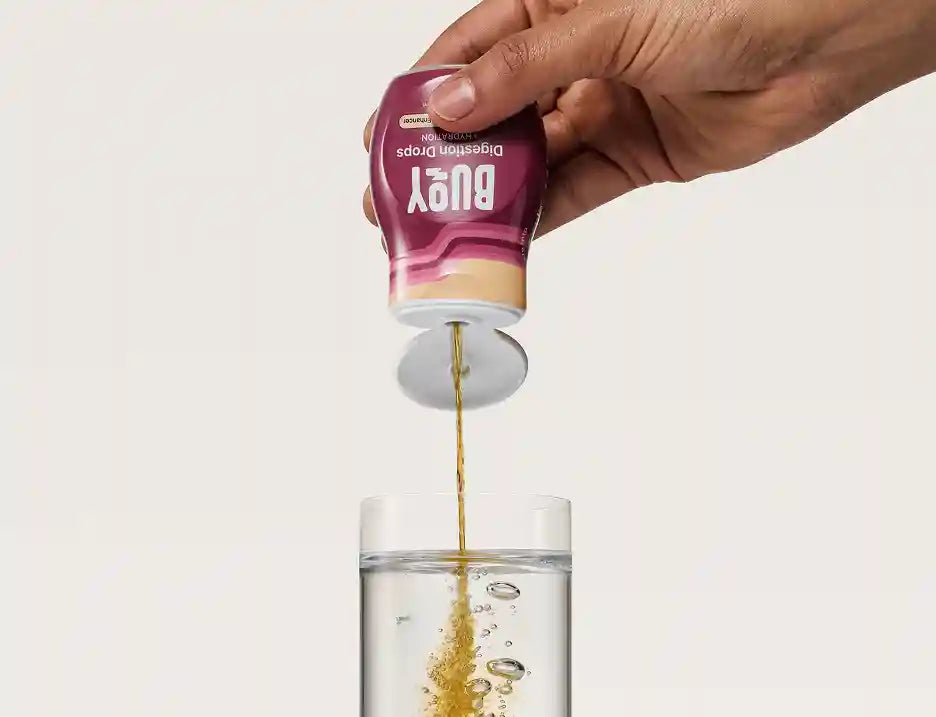
Exercise and Physical Therapy for POTS: A Guide to Safe Workouts
Did you know that regular exercise and physical therapy can be powerful tools for managing POTS? While the thought of physical activity might seem daunting when you’re struggling with fatigue and dizziness, a well-planned exercise routine can actually help you regain control over your body.
In this comprehensive guide, we’ll explore the benefits of exercise for people with POTS (that’s short for Postural Orthostatic Tachycardia Syndrome), give you safe POTS exercise recommendations, and provide practical tips for starting and maintaining your routine.
Whether you’re just beginning your POTS management journey or looking to optimize your current approach, this article will equip you with the knowledge and strategies you need to incorporate exercise and physical therapy into your life in a safe way that works for you.
Essential Takeaways:
- Start Low, Go Slow: Regular exercise is an essential part of your POTS management plan. But it’s important to start slow. Begin your exercise journey with short, gentle sessions while lying down or reclining to reduce orthostatic stress (dizziness and fatigue).
- Increase Gradually: Gradually increase the duration and intensity of your workouts as your body adapts. This careful approach helps build exercise tolerance safely, reducing the risk of symptom flare-ups while steadily improving your heart health and POTS management.
- Practice Consistency Over Intensity: Regular, moderate exercise is more beneficial for POTS patients than sporadic, intense workouts. Aim for consistent, manageable exercise sessions that fit into your daily routine. Even on challenging days, try to do some form of gentle movement. This consistent approach can significantly improve POTS symptoms over time.
Ready to take the first step toward better health and improved POTS management? Let’s get started!
- Why Exercise is Important for Patients with POTS
- Types of Safe Exercises for POTS Patients
- Starting an Exercise Routine with POTS
- Benefits of Physical Therapy for POTS
- Tips for Staying Motivated and Consistent
- Boost Your Health with Safe Exercises and Physical Therapy
Why Exercise is Important for Patients with POTS
Exercise might seem counterintuitive when you’re dealing with symptoms like fatigue and dizziness, but it can actually be a game-changer in managing POTS. Here’s why:
- Improved Cardiovascular Health: Regular exercise strengthens your heart and blood vessels, helping your body better regulate blood flow and pressure.
- Increased Blood Volume: Physical activity can help increase your overall blood volume, which is often low in POTS patients.
- Enhanced Muscle Strength: Stronger muscles, especially in your legs, can help improve blood flow back to your heart when you’re standing.
- Better Symptom Management: Over time, consistent exercise can reduce the severity of POTS symptoms like fatigue, brain fog, and orthostatic intolerance (difficulty regulating blood pressure and blood flow when standing up).
- Improved Quality of Life: As your physical condition improves, you may find yourself able to participate more fully in daily activities and social engagements.
Remember, the key is to start slow and gradually build up your exercise tolerance. With patience and persistence, you can harness the power of physical activity to improve your POTS (1,2,3).
Warning Signs to Watch Out For
While exercise is beneficial for POTS patients, it’s crucial to listen to your body and be aware of potential warning signs. Stop exercising and rest if you experience any of the following symptoms:
- Excessive dizziness or lightheadedness
- Rapid or irregular heartbeat
- Severe fatigue or weakness
- Chest pain or pressure
- Shortness of breath beyond normal exertion
- Nausea or vomiting
- Blurred vision or tunnel vision
- Fainting or near-fainting episodes
If these symptoms persist or worsen, consult your healthcare provider. While it’s normal to feel some fatigue after exercise, you shouldn’t feel significantly worse than before you started (2,3).
Interested in POTS medications? Check out our guide to Mastering Medication for POTS to learn all about available medicines, possible side effects, and more.
Types of Safe Exercises for POTS Patients
When it comes to exercising with POTS, not all workouts are created equal. Here are some safe and effective options to consider.
Recumbent Exercises
These exercises let you work out while lying down or reclining, reducing the risk of orthostatic intolerance:
- Recumbent Bike: Provides a cardiovascular workout without the stress of being upright.
- Swimming: The water pressure can help with blood flow, and the horizontal position reduces orthostatic stress.
- Rowing Machine: Offers a full-body workout while seated.
Begin with short sessions of 5-10 minutes and gradually increase duration as your body adapts. It’s important to maintain proper form and not push yourself too hard, especially in the beginning.
Remember to stay well-hydrated during these exercises, since people with POTS can be particularly susceptible to dehydration.
Strength Training
Building muscle strength can help improve blood flow and reduce POTS symptoms:
- Resistance Band Exercises: Can be done seated or lying down.
- Bodyweight Exercises: Start with exercises like leg lifts, bridges, and modified push-ups.
- Light Weights: Begin with small dumbbells and focus on proper form.
When incorporating strength training into your POTS management routine, remember to start with light resistance and focus on proper form. It’s okay to begin with just a few repetitions and gradually increase as your strength improves.
Flexibility and Balance Exercises
These can help improve overall body awareness and reduce the risk of falls:
- Gentle Yoga: Focus on seated or reclined poses at first.
- Pilates: Many exercises can be modified for a reclined position.
- Tai Chi: Slow, controlled movements can help improve balance and reduce stress.
Start with gentle, slow movements and focus on your breathing. For yoga and Pilates, begin with reclined or seated poses and gradually work up to standing positions as your exercise tolerance improves. With Tai Chi, you might start by practicing arm movements while seated before progressing to the full standing form.
These safe workouts for POTS patients are designed to gradually increase your physical activity without exacerbating POTS symptoms.
Safety First
Remember to start with short sessions and gradually increase duration and intensity as your body adapts. Always listen to your body and stop immediately if you feel dizzy or unwell (2,3,4).
Pay attention to how your body responds and adjust accordingly. If you’re unsure about proper technique or which exercises are best for you, consider working with a physical therapist or certified trainer who has experience with POTS patients.

Recumbent bikes offer a low-impact cardiovascular workout that’s ideal for many POTS patients, allowing exercise in a seated position to minimize orthostatic stress.
Starting an Exercise Routine with POTS
Beginning an exercise routine when you have POTS requires careful planning and patience. Here’s a step-by-step guide to get you started.
Step 1: Consult Your Healthcare Provider
Before starting any exercise program, get clearance from your doctor or POTS specialist. They can give your personalized advice based on your condition and symptoms. Your healthcare provider might recommend specific exercises or precautions tailored to your needs.
Step 2: Start Small
Begin with just 5-10 minutes of gentle exercise per day. This might seem insignificant, but it’s actually important for building a foundation. Starting small helps your body adapt gradually and reduces the risk of injuries or symptoms flare-ups. Remember, consistency is more important than intensity at this stage.
Step 3: Focus on Recumbent Exercises
Initially, prioritize exercises that keep you in a reclined position to minimize orthostatic stress. This could include using a recumbent bike, doing exercises while seated or lying down, or even practicing deep breathing while reclined. These exercises let you build cardiovascular fitness with less strain on your body.
Step 4: Gradually Increase Duration
Add 1-2 minutes to your workout each week, as tolerated. This slow progression allows your body to adapt without overwhelming your system. Pay attention to how you feel and don’t rush the process. It’s okay to stay at the same duration for a few weeks if needed before increasing.
Step 5: Monitor Your Symptoms
Keep a log of how you feel before, during, and after exercise. This can help you and your healthcare provider track your progress and adjust your routine as needed. Note any changes in energy levels, dizziness, heart rate, or other POTS symptoms.
This information is valuable for tracking your progress and identifying any exercises that might be triggering symptoms.
Step 6: Stay Hydrated
Drink plenty of water before, during, and after exercise. Consider adding a squeeze Buoy’s electrolyte and mineral drops to maintain optimal electrolyte balance. Proper hydration is crucial for POTS patients, especially during exercise.
Aim to drink small amounts frequently rather than large amounts all at once to help your body absorb the fluids and electrolytes.
Step 7: Cool Down Properly
End each session with gentle stretching and take time to transition slowly to an upright position. This helps your body readjust and can prevent post-exercise dizziness or fatigue. Consider lying down for a few minutes after your cool-down if needed.
Step 8: Rest and Recover
Allow for adequate rest between workouts, especially when you’re just starting out. Listen to your body and take extra rest days if you’re feeling extra fatigued or symptomatic. Quality sleep and proper nutrition are also important for recovery (1,2,4).
When starting to exercise with POTS, it’s important to begin slowly and listen to your body. Of course, this means your progress may be slow, and that’s okay. The goal is to build a sustainable routine that improves your health without exacerbating your POTS symptoms.
Exercise is just one component of managing POTS. Discover how to work with your doctor or POTS specialist to Create a POTS Management Plan tailored to your needs.
Benefits of Physical Therapy for POTS
Physical therapy for POTS patients can be a valuable part of your treatment plan. A physical therapist can design a customized exercise program tailored to your specific needs and limitations.
They can help you safely increase your exercise tolerance over time and teach you techniques to improve your posture and reduce orthostatic intolerance. Physical therapy can guide you in increasing your POTS physical activity safely and effectively.
What Does Physical Therapy for POTS Patients Involve?
So what exactly is physical therapy? It often includes breathing exercises to help you manage your heart rate and reduce anxiety. Manual therapy techniques can improve circulation and reduce muscle tension.
Your therapist can also educate you about body mechanics and conserving your energy for daily activities.
Improving Balance and Coordination
Balance and coordination training are often part of physical therapy for POTS, helping to improve stability and reduce fall risk. Consider asking your healthcare provider for a referral to a physical therapist experienced in treating POTS or other forms of dysautonomia (5).
Tips for Staying Motivated and Consistent
Maintaining an exercise routine with POTS can be challenging, but these strategies can help keep you on track:
- Set Realistic Goals: Start with small, achievable goals and gradually work up to more challenging ones.
- Track Your Progress: Keep a log of your workouts and how you feel afterward. Seeing improvements, even small ones, can be motivating.
- Find an Exercise Buddy: Partner with a friend or join a support group for accountability and encouragement.
- Mix It Up: Do different exercises to prevent boredom and work different muscle groups. For instance, you could do gentle recumbent exercises one day, try seated resistance band workouts another day, and practice relaxation techniques or gentle stretching on other days. Remember to start with short sessions and gradually increase as tolerated. Always listen to your body and adjust your routine based on how you feel each day.
- Celebrate Small Wins: Acknowledge every bit of progress, no matter how small it might seem. And remember, even the smallest changes add up over time.
- Use Technology: Fitness apps or wearable devices can help you monitor your heart rate and track your progress.
- Schedule Your Workouts: Treat exercise like any other important appointment in your day.
- Be Kind to Yourself: There will be good days and bad days. Don’t be discouraged if you need to take a break or reduce your activity level sometimes.
Don’t forget, consistency is key. Even on days when you don’t feel up to a full workout, try to do something small, like gentle stretching or a short walk.
It’s not always easy to live with POTS. Learn how to thrive with our guide: Coping Strategies for POTS Patients.
Boost Your Health with Safe Exercises and Physical Therapy
Adding exercise and physical therapy to your POTS management plan can greatly improve your symptoms and overall quality of life. While it may be challenging at first, the long-term benefits are well worth the effort. Exercise for POTS patients is not about intensity; it’s about consistency and gradual progression over time.
Start Small and Keep Going
Start small, be patient with yourself, and remember that every movement counts. With time and consistency, you may find that you’re able to do more than you ever thought possible!
Ready to Get Started?
Are you ready to take the next step in your POTS management journey? Explore our other resources for expert advice on nutrition, stress management, and more. And don’t forget to check out Buoy’s Hydration Drops to support your daily hydration needs during exercise and throughout your day.
Your path to better health starts with a single step. Are you ready to take it?

Get Buoy’s Ocean Electrolyte Kit, featuring Buoy’s Hydration Drops and Rescue Salt in one convenient, money-saving bundle.
References:
-
Brain & Life. (2023). Why Exercise Is Important for People with POTS. Retrieved from https://www.brainandlife.org/articles/why-exercise-is-important-for-people-with-pots
-
Self. (2024). How to Safely Exercise With POTS, According to Experts. Retrieved from https://www.self.com/story/how-to-exercise-with-pots
-
Fu, Q. & Levine, B. D. (2015). Exercise in the Postural Orthostatic Tachycardia Syndrome. Autonomic Neuroscience: Basic & Clinical, 188, 86–89. Retrieved from https://doi.org/10.1016/j.autneu.2014.11.008
- Dysautonomia International. (n.d.). Exercises for Dysautonomia Patients. Retrieved from https://www.dysautonomiainternational.org/page.php?ID=43




